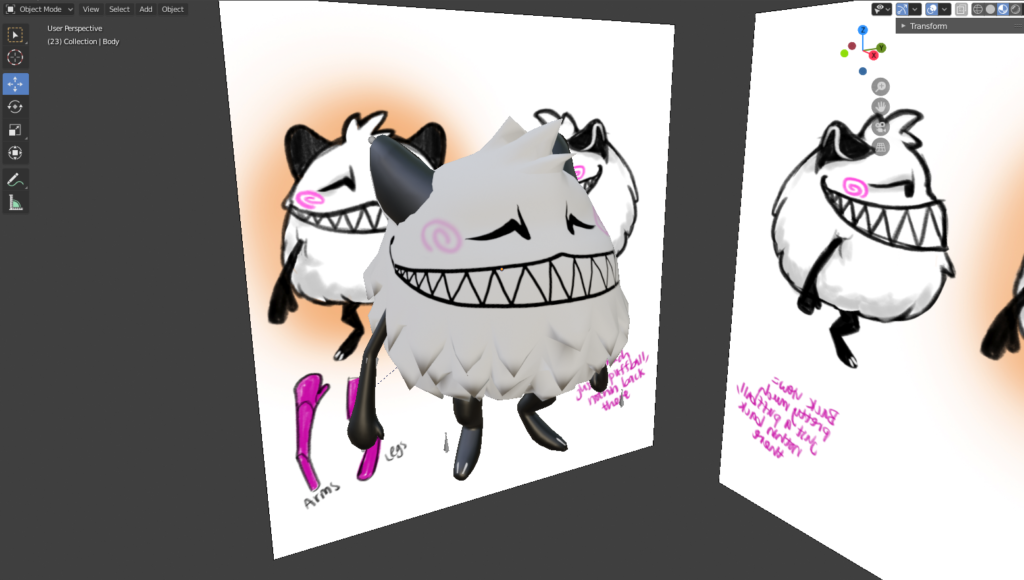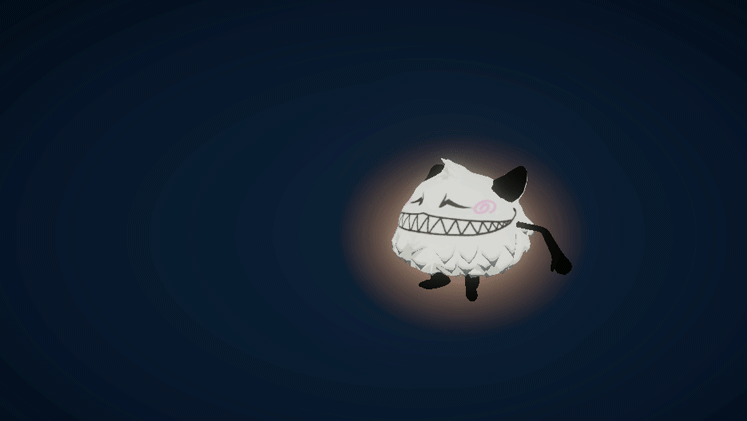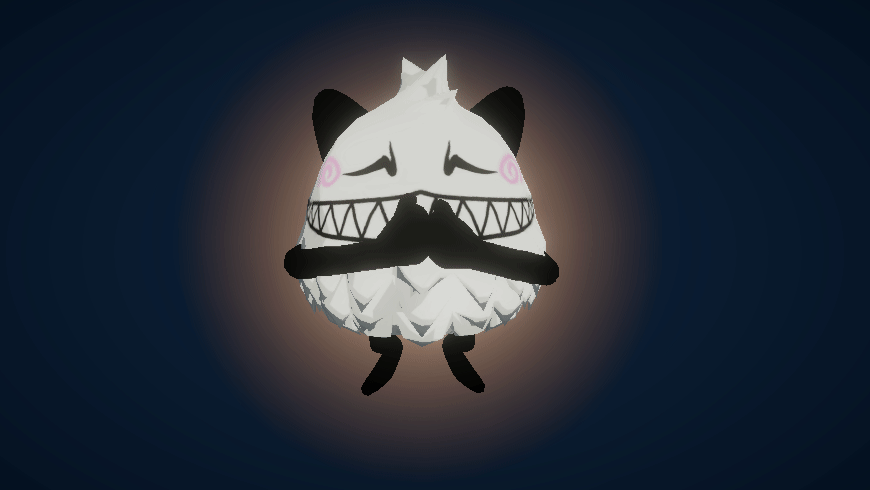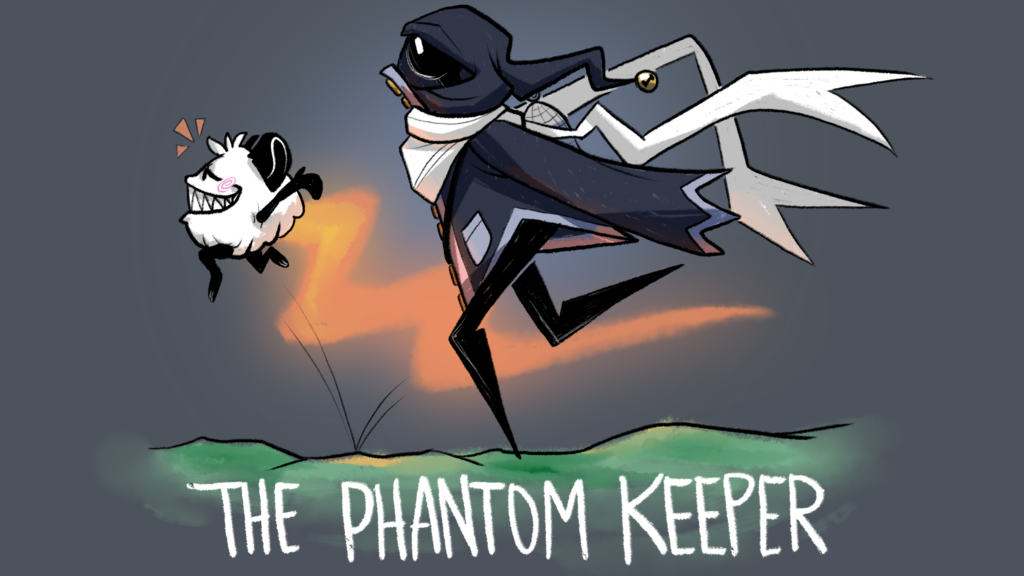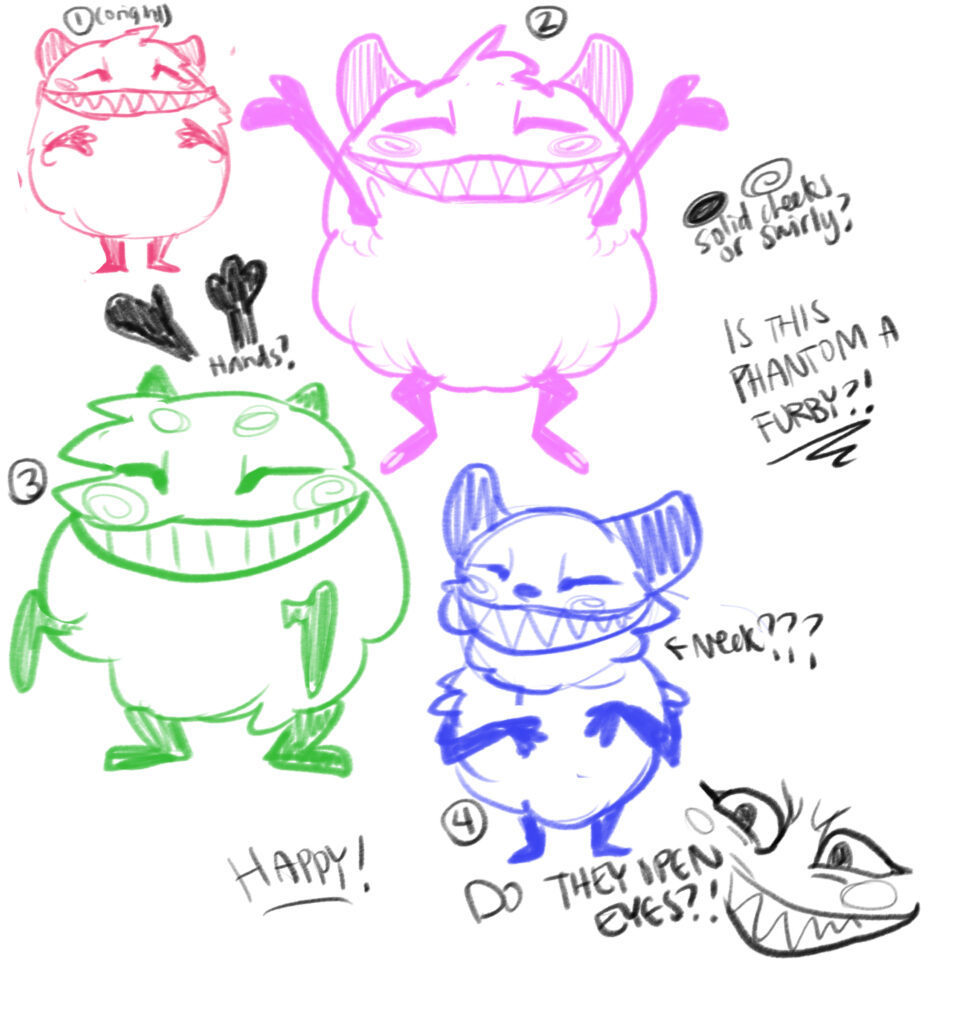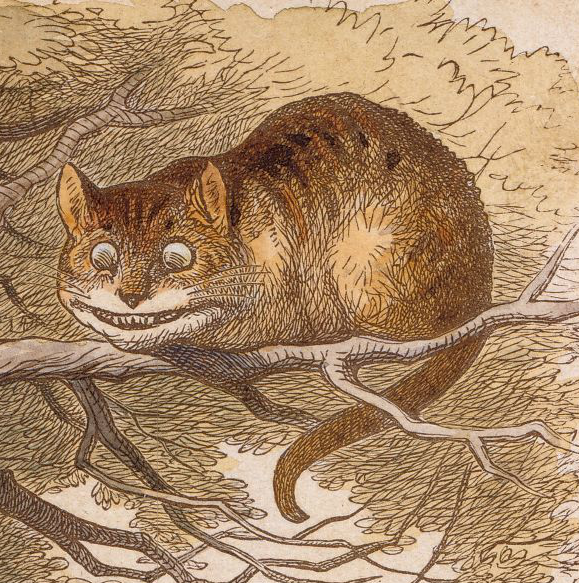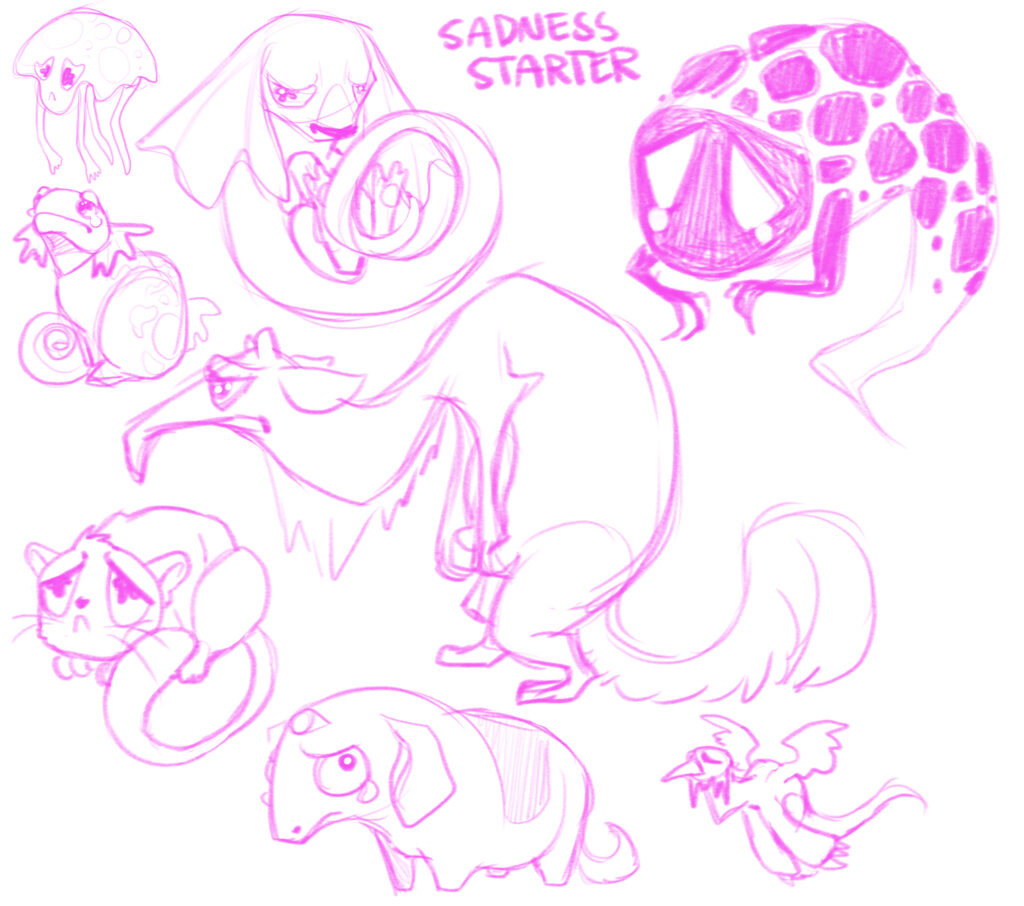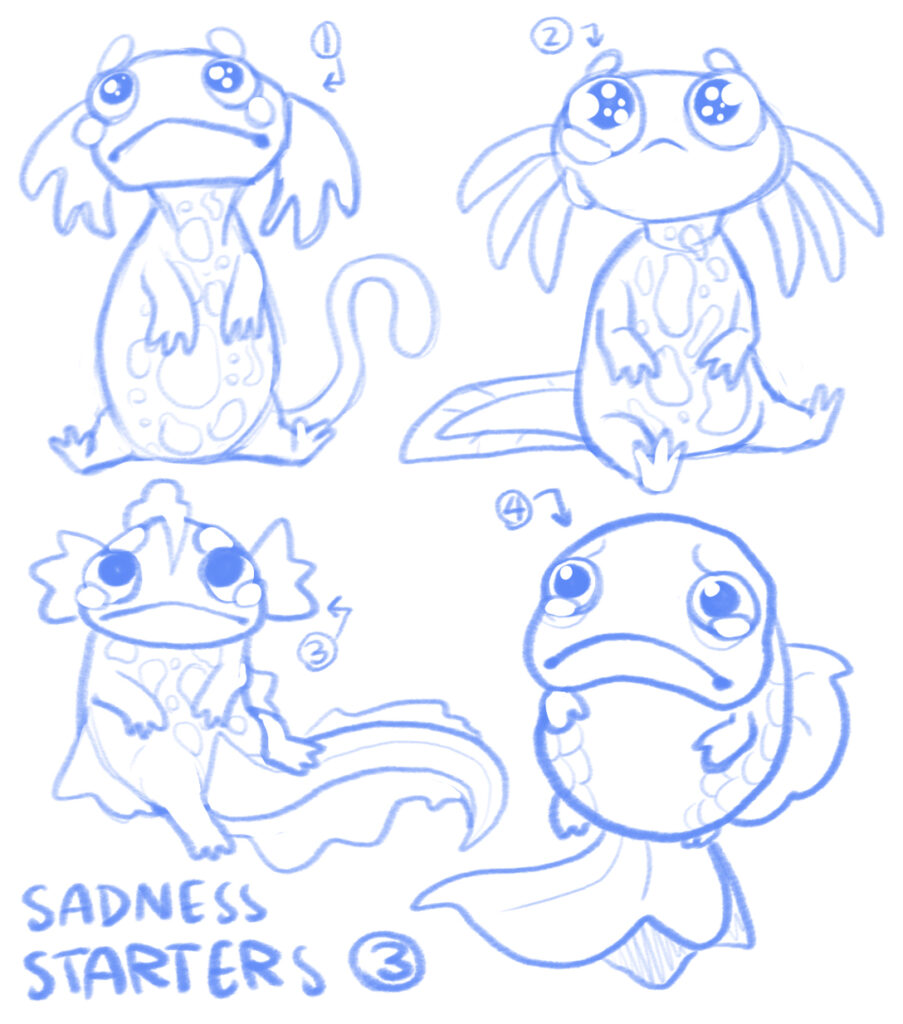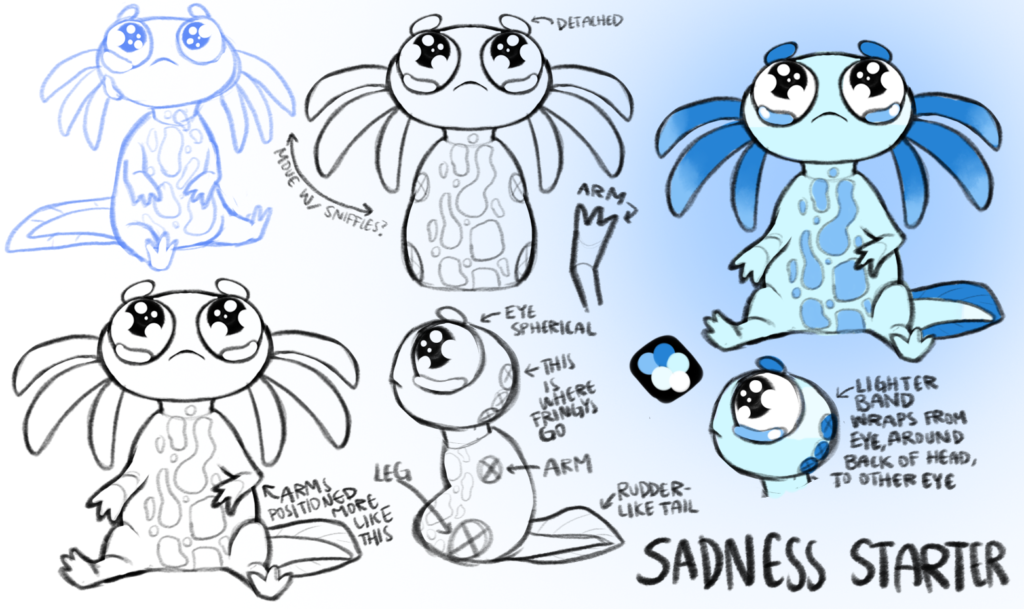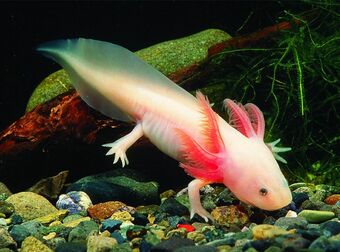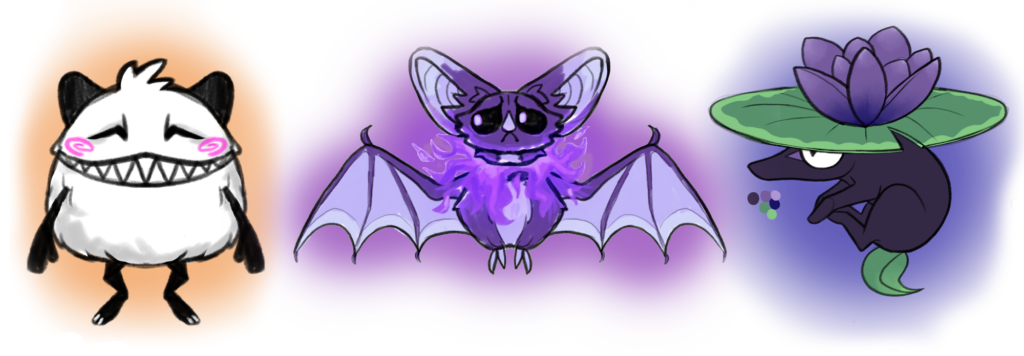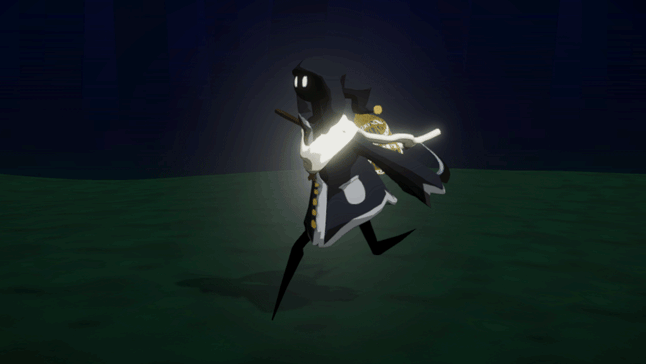Hello again! It’s CJ. This week, I wanted to take a bit of a dive into the gameplay of The Phantom Keeper – a bit of a continuation on the post that talked about the inspiration games. While I won’t go into detail about every aspect, I do want to talk about a few of the fun features we plan to have in our current battle system.
Type Matchups
The first thing I wanted to share about our battle system is something that a lot of RPG players are familiar with – type matchups! Adding in type matchups is an easy way to add a bit of complexity into battles, without being too confusing. While we wanted to keep the basic formula of type matchups the same (rock does more damage to scissors, scissors deal less to rock) one thing that we are experimenting with is what the types are. While usually types are based on elements or damage sources, we chose to use something more thematic to the setting of our game – emotions!
The full list of types in our game, as they currently stand, are the following:

The idea behind this is that because phantoms are a culmination of a person’s feelings, their form is based on their most prevalent emotion in life. Because of this, some phantoms are stronger against other types – a calm phantom will be better to deal with an anger one, but anger is strong against love – or other anger types! We plan to play around with these matchups, trying to keep an even mix of both making the matchups make sense logically, but also making sure no one type is too much better than another – at least not without drawbacks!
Action Commands
The other fun mechanic we are bringing into our battles is action commands! Action commands are basically a quick-time event, or mini-minigame that occurs after you select an attack or ability. The result of your attack is then modified based on how you did – if you messed up the action command, your ability won’t be as effective, or it might not work at all. However, doing it perfectly might reward you with a bit of extra damage, or another free turn on a buff-type of ability!
The reason that we wanted to add action commands was that we felt it made combat more interesting. It adds a bit of risk with every move – you might calculate out that a certain move will do exactly enough damage, but only if you do the action command correctly. It also helps to break up the monotony that turn-based combat can have, making the battles feel more interactive than just picking a move. In general, action commands make you feel more like you’re the one fighting instead of just giving orders, while still not being as stressful or intimidating as real-time combat can be!
For our game, action commands are going to take many forms. Because we plan on having lots of different phantoms, each with their own set of abilities, we wanted to make it so that the action commands could always feel a bit unique to each phantom. To do this, we plan on having a few categories of action commands, assigning them out based on the phantom type! For example, anger attacks will be all about mashing buttons as fast as possible, while calm attacks will focus more on balancing things! We’re excited to try and add as many different kinds of these action commands as we can, both to keep combat interesting and to help make each phantom feel unique!

And that’s it for this post! I’m sure I’ll share more about the game’s mechanics in future blog posts, but I wanted to give some insight on where we are taking things so far. I also felt like this was a good continuation to the post about our inspiration games, showing how we are taking ideas from both, then combining them and adding our own twist!


